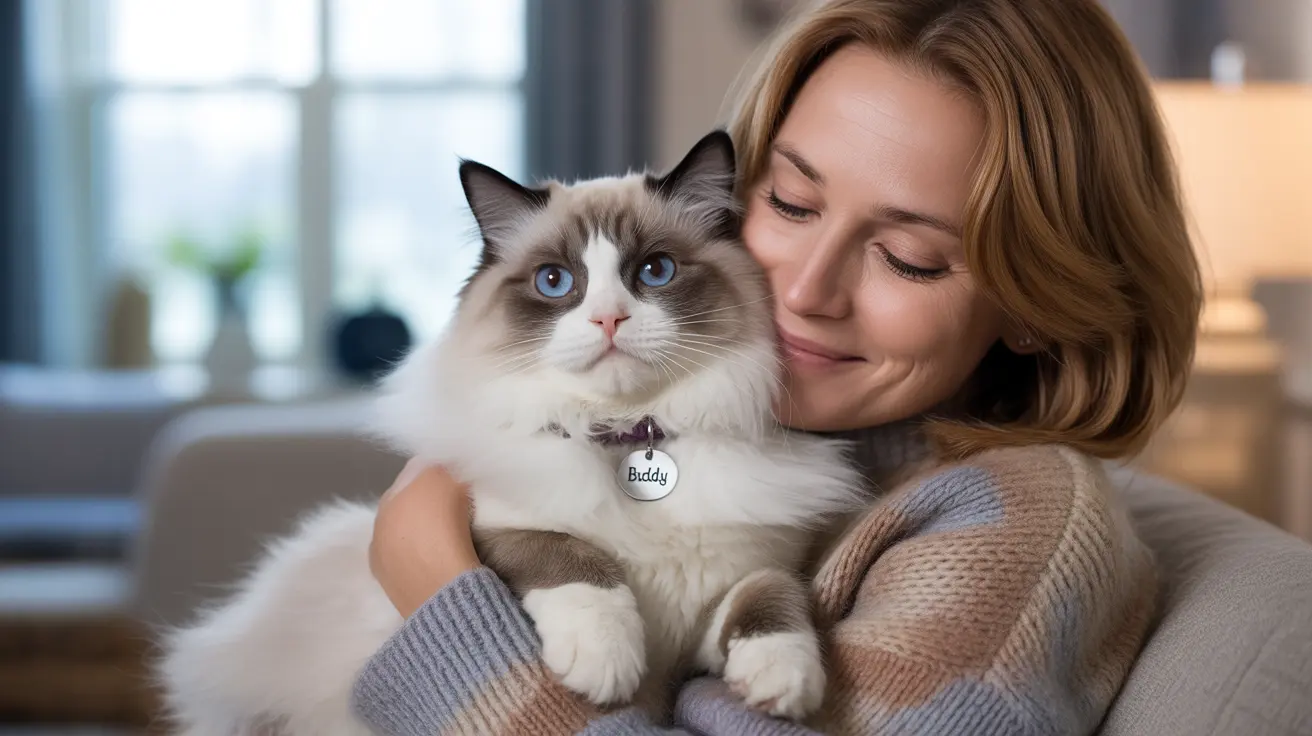The Evolutionary Roots of Cat Cuddling
Despite descending from solitary wild cats, domestic cats have evolved to become surprisingly social creatures. This adaptation has led to the development of various bonding behaviors, including cuddling. Early in their domestication process, cats that showed friendly, affectionate behaviors were more likely to receive care and resources from humans, making these traits advantageous for survival.
Kittens are born with an instinctive need for physical contact, staying close to their mother and siblings for warmth and protection. This early imprinting creates a lifelong association between physical touch and feelings of security, which often carries into adulthood.
The Biology of Bonding
When cats cuddle, their bodies release oxytocin, often called the "love hormone." This same hormone is released in humans during positive physical interactions, creating a mutually beneficial bonding experience. Research has shown that both cats and their owners experience elevated oxytocin levels during cuddling sessions, strengthening their emotional connection.
Additionally, cats use scent marking during cuddle sessions, rubbing their cheeks and foreheads against their chosen companions to deposit pheromones. This behavior not only marks their territory but also creates a shared group scent that reinforces social bonds.
Temperature Regulation and Survival
Cats have a higher body temperature than humans and require more energy to maintain it. Cuddling serves as an efficient way to conserve energy and stay warm, particularly during colder weather. This behavior is deeply rooted in survival instincts, as staying warm while expending minimal energy is crucial for survival in the wild.
In domestic settings, cats often seek out warm spots, including their human companions, to maintain optimal body temperature with minimal effort. This explains why many cats become more cuddly during winter months or in air-conditioned environments.
Health and Emotional Benefits
Cuddling isn't just about physical warmth - it also provides significant emotional and health benefits for both cats and humans. For cats, physical contact with a trusted companion can reduce stress levels and promote a sense of security. The act of purring, often associated with cuddling, has been linked to pain relief and faster healing in cats.
For humans, cat cuddles can lower blood pressure, reduce stress hormones, and improve overall mental well-being. The rhythmic sound of purring has even been shown to have therapeutic effects on human health.
Breed and Personality Factors
While all cats are capable of showing affection, some breeds are naturally more inclined to cuddle than others. Ragdolls, Maine Coons, and Siamese cats are known for their particularly affectionate nature. However, individual personality, early socialization, and past experiences play equally important roles in determining a cat's propensity for cuddling.
Frequently Asked Questions
Why do cats cuddle with their owners and what does it mean?
Cats cuddle with their owners to show affection, seek warmth, and strengthen social bonds. It's a sign of trust and security in the relationship, often accompanied by the release of bonding hormones in both cat and human.
How does cuddling benefit my cat's health and well-being?
Cuddling reduces stress, lowers anxiety, and promotes emotional well-being in cats. The physical contact and purring associated with cuddling can also aid in pain relief and healing.
Are some cat breeds naturally more cuddly and affectionate than others?
Yes, certain breeds like Ragdolls, Maine Coons, and Siamese cats are generally more predisposed to cuddling. However, individual personality and early socialization play significant roles in determining affectionate behavior.
Why does my cat cuddle more during colder weather or at night?
Cats seek cuddles more frequently during cold weather or at night to conserve body heat and energy. This behavior is instinctive and helps them maintain their optimal body temperature with minimal effort.
How can I encourage my cat to cuddle without stressing them out?
Allow your cat to initiate contact, create a calm environment, and use positive reinforcement. Never force physical interaction, and always respect your cat's boundaries. Consistency and patience are key to building trust and encouraging cuddling behavior.






